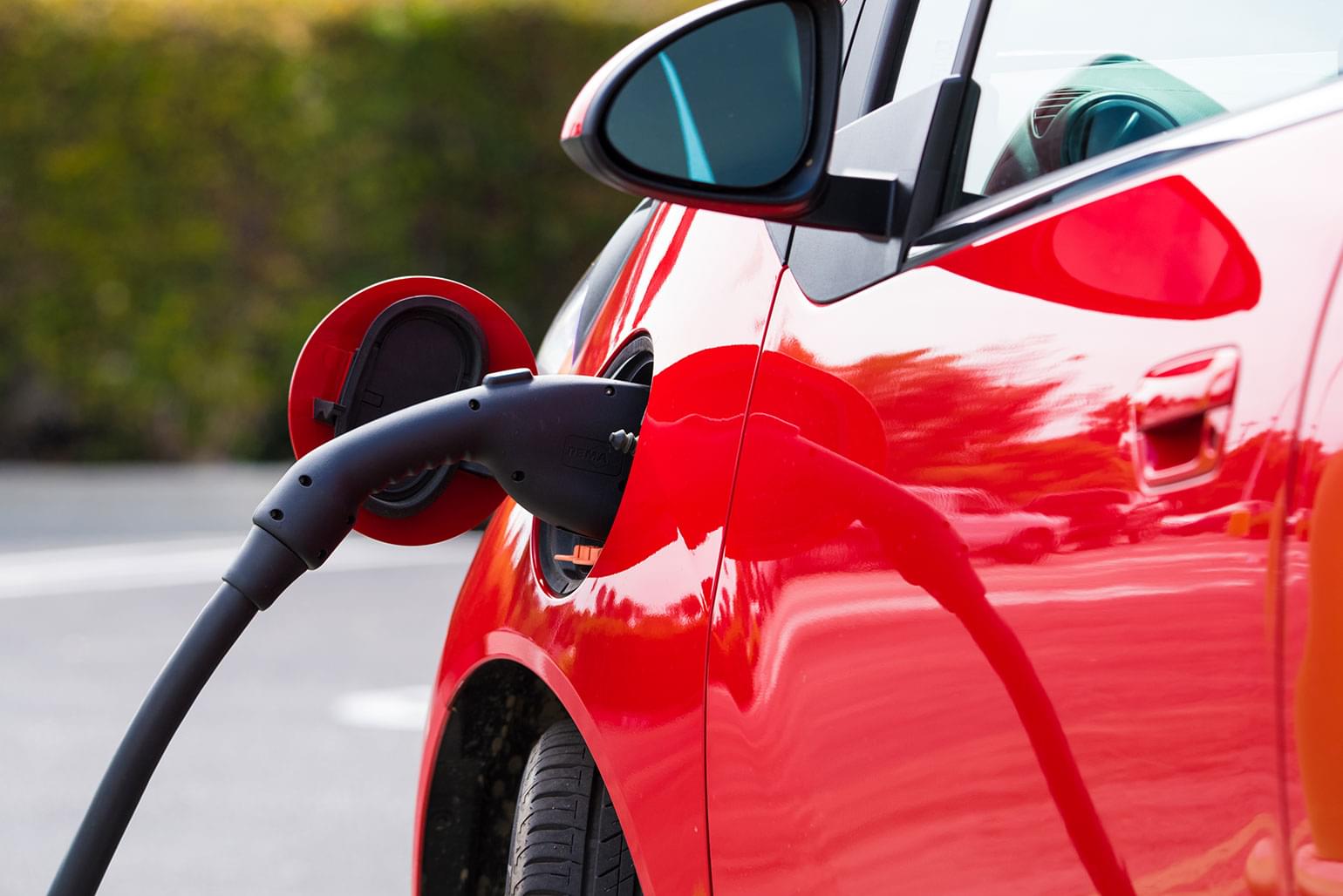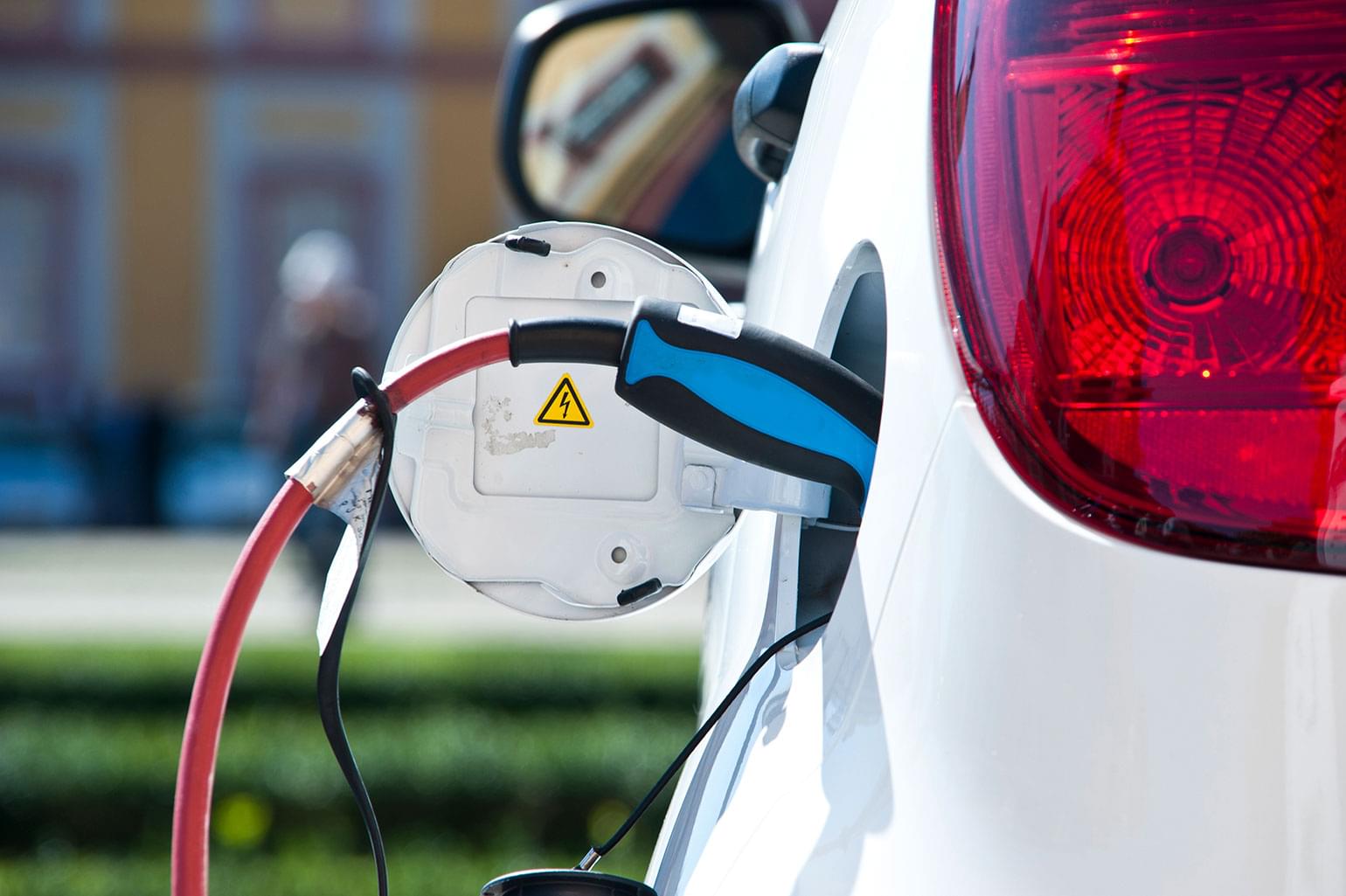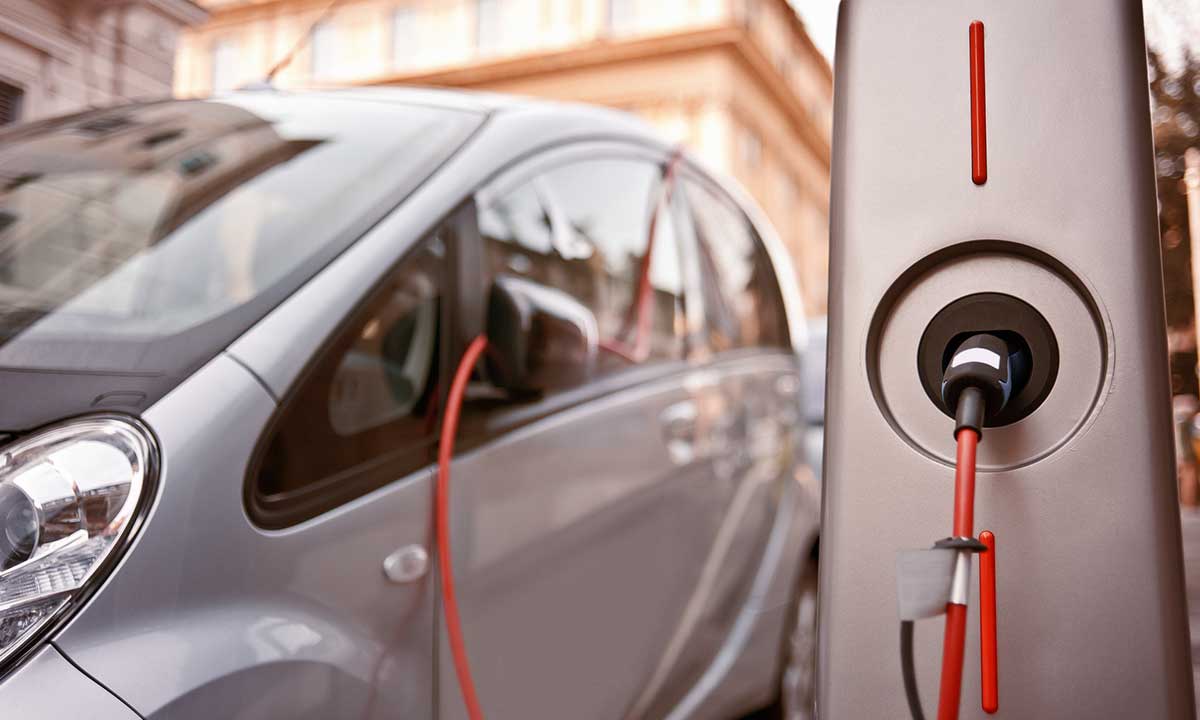The BC reports that at the end of 2014, there were 10,000 electric vehicles in Canada, and by March 2016 that number has surpassed 20,000 hybrid and electric battery vehicles — and one fuel-cell vehicle.
Is it time for you to juice up your drive? There are more diverse hybrid models coming to market, so it’s easier to choose an electric vehicle if your lifestyle requires something other than a small sedan or coupé, such as the Chevy Volt, Nissan Leaf or Tesla Model S.
For 2017, the Audi A3 e-tron sport wagon, Volvo XC90 crossover SUV, Mercedes S550E large sedan and Chrysler Pacifica minivan offer options to carry more people and stuff in style. Overall, at least 27 different plug-in hybrid models have been sold in Canada.
Thinking about an electric vehicle? There are three main types to consider:

Hybrid:
A hybrid uses a gas engine coupled with electric motors and a battery pack. The battery is recharged during driving, such as capturing energy from braking or while the gas engine idles. The Toyota Prius is still one of the top sellers of this type of hybrid.
Plug-In Hybrid:
This type also allows the driver to plug the car into charge the battery at a public terminal or home power station. Given careful driving habits and a commute that fits the car’s electric-only range, drivers can cover hundreds of miles without using the gas engine. This option seems to give drivers the best of both worlds and can reduce range anxiety. Upmarket brands like Audi, VW, Porsche, BMW and Mercedes have joined Hyundai, Ford, GM, Chrysler and Toyota in offering models in this segment.
Battery:
This type does not contain a gas engine at all, instead relying on energy recapture and charging stations. The Teslas were among the first of this type, now there are many more on the market, including options from BWM, GM and Ford.
Keep in mind that low temperatures sap the strength of a battery in a hybrid, just like the starter battery in a gas powered car on a sub-freezing day. The electric-gas hybrids make a sensible option for Canadian drivers because the gas engine can provide more power when the battery may be weaker. That will result in worse gas mileage and electric range, but it’s better than being stranded. Pay attention to the manufacturer’s recommendations for cold weather drive, especially in a battery electric vehicle.

You’ll pay a premium for a hybrid or electric car compared to a traditional car of a similar size. The return on investment has a lot to do with incentives and the price of gas. A pure electric car like the Nissan Leaf may operate at 3 miles per kilowatt-hour, which translates to a cost to drive of about 3.5 cents per mile. That’s compared to a Toyota Corolla that returns 32 mpg at a cost of about 12 cents per mile.
Incentives play a big role in most people’s decision. British Columbia, Ontario and Quebec currently offer incentives to buyers of zero-emission vehicles. Transport Canada officials report that nearly all sales of electric vehicles in Canada occurred in provinces that offered purchase rebates.
If you’re in the market for a new car, check out the range of hybrid and electric vehicles on the market today. You may find one that fits your needs and helps reduce your impact on the environment.
By the way, the lone fuel cel vehicle was a Hyundai Tucson delivered to Ontario.

This article is intended as general information only and is not to be relied upon as constituting legal, financial or other professional advice. A professional advisor should be consulted regarding your specific situation. Information presented is believed to be factual and up-to-date but we do not guarantee its accuracy and it should not be regarded as a complete analysis of the subjects discussed. All expressions of opinion reflect the judgment of the authors as of the date of publication and are subject to change. No endorsement of any third parties or their advice, opinions, information, products or services is expressly given or implied by Royal Bank of Canada or any of its affiliates.



















